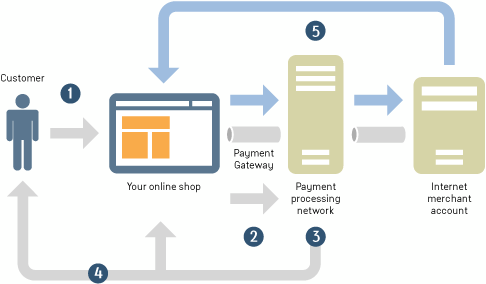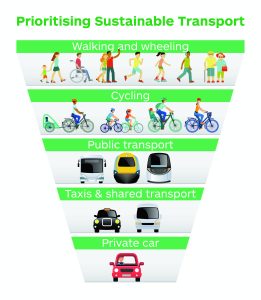
In today’s digital era, the ability to make online payments is crucial for businesses to stay competitive and meet the demands of modern consumers. Payment gateway integration plays a vital role in enabling smooth and secure transactions for online businesses. In this article, we will explore the concept of payment gateway integration, its importance, and the HTML markup required to implement it effectively.
What is Payment Gateway Integration?
Payment gateway integration refers to the process of connecting an online payment system (such as a website or mobile app) with a payment gateway service provided by a financial institution. The payment gateway acts as a middleman, securely transmitting transaction details between the business, the customer, and the financial institution.
The Importance of Payment Gateway Integration
Integrating a payment gateway is essential for any business that wishes to accept online payments. Here are a few reasons why payment gateway integration is crucial:
1. Security and Fraud Prevention
A payment gateway ensures the security of financial information during online transactions. By integrating a reliable payment gateway, businesses can protect confidential customer data and prevent unauthorized access or fraudulent activities.
2. Smooth Customer Experience
Payment gateway integration allows customers to complete transactions seamlessly, without any interruptions or complications. By offering a smooth and hassle-free payment experience, businesses can enhance customer satisfaction and encourage repeat purchases.
3. Increased Sales and Revenue
Enabling online payments through a payment gateway opens up new avenues for sales. It allows businesses to reach a wider audience and cater to customers who prefer online shopping. Ultimately, this can lead to increased sales and revenue for the business.
4. Accessibility and Convenience
By integrating a payment gateway, businesses can offer multiple payment options to customers. Whether it’s credit/debit cards, digital wallets, or bank transfers, providing various payment methods enhances accessibility and convenience for customers, resulting in higher conversion rates.
Implementing Payment Gateway Integration
Implementing payment gateway integration requires technical expertise and knowledge of HTML markup. Here’s a step-by-step guide on how to integrate a payment gateway into your website:
Step 1: Choose a Payment Gateway
Research and select a payment gateway provider that suits your business requirements. Some popular payment gateway providers include PayPal, Stripe, Authorize.Net, and Square.
Step 2: Create a Merchant Account
Sign up for a merchant account with the chosen payment gateway provider. This account will enable you to receive funds from your customers’ transactions.
Step 3: Generate API Credentials
Once you have a merchant account, obtain the necessary API credentials. These credentials are unique to your account and are required to connect your website or app to the payment gateway service.
Step 4: HTML Form Setup
Create an HTML form on your website’s checkout page to collect customer payment details, such as credit card information and billing address. Use HTML markup to design a visually appealing and user-friendly checkout form.
Step 5: Secure Data Transmission
Implement SSL (Secure Sockets Layer) encryption on your website to ensure secure transmission of customer data. SSL certificates create a secure connection between the customer’s browser and your website, safeguarding sensitive information.
Step 6: Handle Payment Response
After a customer submits the payment form, the payment gateway sends a response regarding the success or failure of the transaction. Use HTML markup and server-side scripting (such as PHP) to handle these responses and display appropriate messages to the customer.
Conclusion
Payment gateway integration is a crucial component of any modern online business. It not only enables secure and convenient transactions but also enhances customer satisfaction and boosts revenue. By following the steps outlined above and implementing the necessary HTML markup, businesses can seamlessly integrate a payment gateway into their websites or applications, ensuring a smooth payment experience for their customers.


